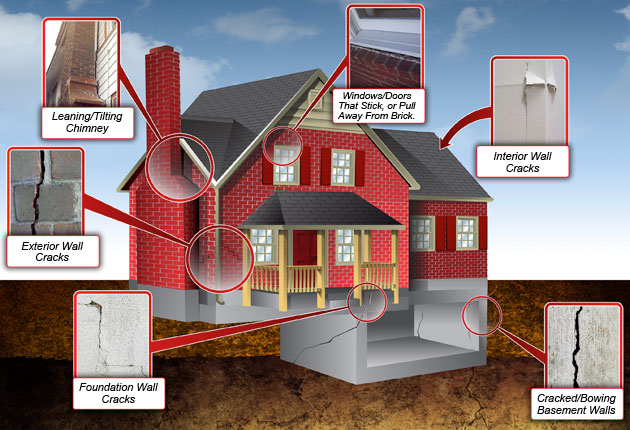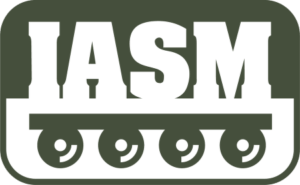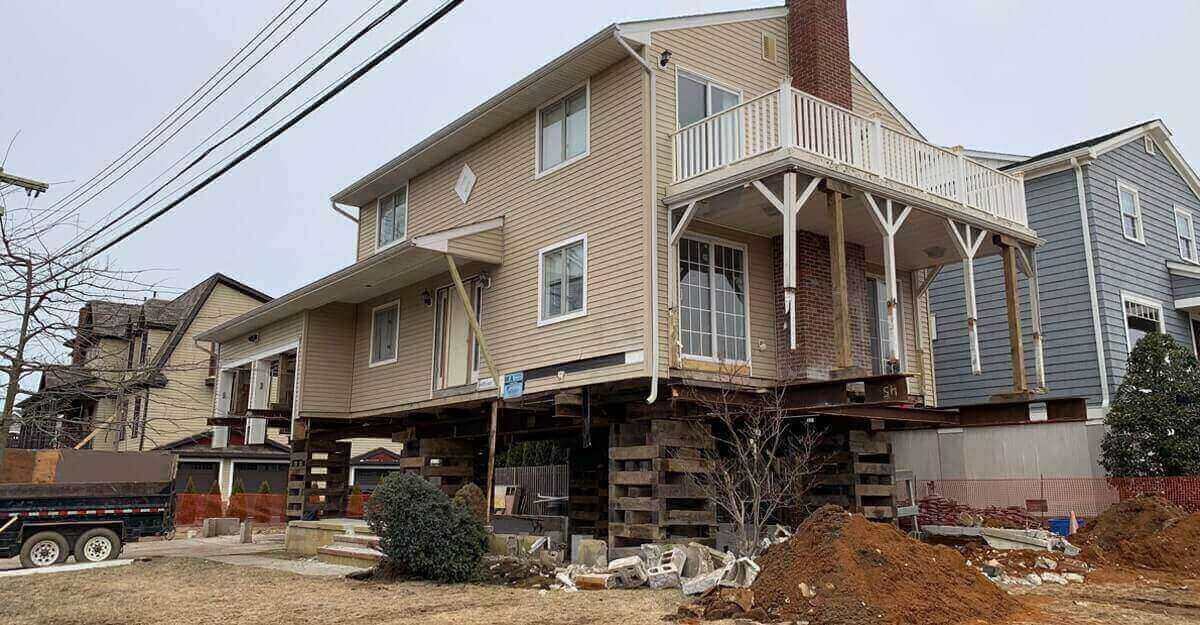Structured Foundation Repair New Jersey
Foundation settlement can lead to major structural problems within your home. Luckily there are ways to repair a concrete foundation without having to tear it out and start from scratch. There are two general classes of foundation repair: deep and shallow. Deep repairs involve underpinning while shallow repairs involve slab jacking.
Foundation Leveling Victoria
Do you have cracked walls?
Doors that won’t close? Bulging floors? Any of these can be signs of foundation problems. Foundation settlement can lead to major structural problems within your home. Luckily there are ways to repair a concrete foundation without having to tear it out and start from scratch. Foundation settlement and movement requiring foundation repair can be caused by building on expansive clay, compressible or improperly compacted fill soils, or improper maintenance around foundations. “How do I know if my foundation is in need of repair?” you may ask. Here are the top 10 signs that you may have a foundation issue:
- Uneven or sloping floors
- Cracks in exterior or interior brick
- Displaced or cracked moldings
- Wall rotation
- Cracks in walls or bowing of walls
- Cracks in floor, tiles, or foundation
- Doors and windows that won’t open or close properly
- Separation of doors, windows, and garage doors
- Spaces between wall and ceiling, or floor
- Walls separating from house
If you spot cracks in your foundation, there’s no need to panic; what’s important is the nature of the cracks, because all foundations have a few. Hairline cracks are usually nothing to worry about; these are probably due to concrete shrinkage. Small cracks (1/16 inch wide) can be easily addressed by painting over with waterproof concrete paint – just make sure you check to make sure the paint hasn’t cracked. However, stair step cracks in masonry joints, a bulging wall or a crack bigger than ¼ inch are more problematic and may indicate moisture problems. In this case, you’ll need to talk to a Contractor or Builder who can advise you on what needs to be done. The most serious types of cracks are horizontal ones, which could mean that water-saturated soil from outside has frozen, expanded and broken into the foundation. A worst-case scenario could mean having to get a new foundation. Before doing anything, you would want to consult a Contractor or Builder to advise you on your options.

There are two general classes of foundation repair: deep and shallow. Deep repairs, sometimes referred to as underpinning, mostly involve pushing or screwing steel piers into the ground to transfer the support and lift structural elements of a foundation(). Shallow repairs can be used to address slab-on-grade foundations such as floating slab floors which have settled. Soil modification is a mid-depth repair typically performed in conjunction with shallow repairs.
- Deep repairs are most frequently used for lifting concentrated loads, such as footings, and for bypassing unstable layers of soil which are causing recurrent problems with a foundation. Deep foundation repairs or foundation leveling involve transferring the foundation’s weight to a different layer of ground than it was originally built to sit on. Helical Piers are screwed into the ground to transfer the weight of your foundation to a more stable layer of soil. The weight of the structure is transferred to the deep soil by the helices of the piers. Push piers are pushed into the ground against the weight of your foundation. Push piers are primarily designed to be end bearing, so they are pushed into the ground until the tip of the pier runs into a layer of soil hard enough to push against to lift the foundation. Push piers can either be eccentric (mounted on the side of a footing) or concentric (installed under the center of the foundation).
- Shallow repairs are best for lifting non-concentrated loads such as slab floors. There are two methods for performing a shallow foundation repair – Foam Jacking and Slab Jacking. Foam Jacking is used to raise and support slab portions of the foundation, such as interior floors. High density polyurethane is injected under the foundation, where it expands and pushes the foundation back into place. Slab Jacking is used to raise and support concrete slabs, generally outside. This method repairs settlement by injecting sand-based grout below the concrete to fill voids and raise the concrete.
If you’re ready to find a solution to your foundation issues, and house lifting in New Jersey or any other part of the process feel free to contact us via e-mail at info@wabuildingmovers.com or call our office at 908-654-8227/(888) 236-8398. We look forward to hearing from you.

























